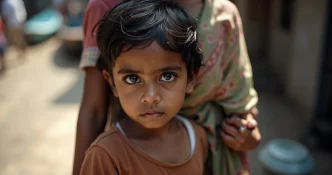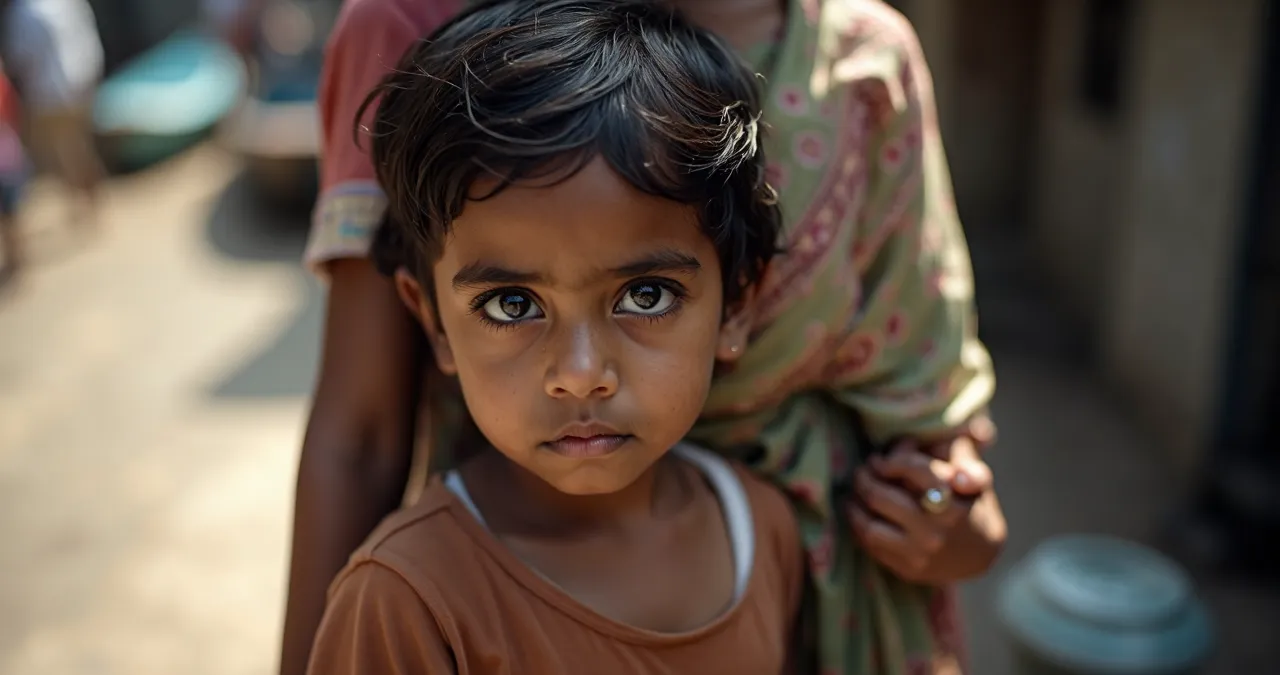Written by Jamie Fisher and Tim Warwick
The plight of the Rohingya, a stateless Muslim minority from Myanmar’s Rakhine State, remains one of the most pressing humanitarian crises in Southeast Asia. Over 700,000 Rohingya fled to neighboring Bangladesh in 2017 following a brutal military crackdown, and efforts to repatriate them have repeatedly stalled. Now, with political instability in Myanmar following the 2021 military coup and growing impatience in Bangladesh, the repatriation process stands at a critical juncture, raising questions about the future of a displaced population caught between two nations unwilling or unable to secure their safe return.
Decades of Displacement and Despair
The Rohingya have faced systemic discrimination in Myanmar for decades, denied citizenship under the country’s 1982 Citizenship Law and subjected to restrictions on movement, education, and employment. The 2017 exodus, triggered by a military operation described by the United Nations as having “genocidal intent,” marked a grim escalation. Entire villages were burned, and survivors recounted harrowing stories of violence and loss as they sought refuge in sprawling camps in Cox’s Bazar, Bangladesh.
Today, nearly one million Rohingya live in these overcrowded camps, dependent on international aid and facing uncertain futures. Bangladesh, while initially lauded for its humanitarian response, has grown increasingly frustrated with hosting such a large refugee population. Prime Minister Sheikh Hasina has repeatedly called for international support to facilitate repatriation, emphasizing that her country cannot bear the burden indefinitely. “We have provided shelter, but this is not a permanent solution” she stated in a recent address reported by Reuters on May 10, 2025.
Repatriation Efforts: Promises and Failures
Since 2017, multiple agreements have been signed between Myanmar and Bangladesh to facilitate the voluntary return of the Rohingya. The most notable, a 2017 bilateral deal brokered with UN involvement, aimed to ensure safe and dignified repatriation. However, no significant progress has been made. Two pilot repatriation attempts in 2018 and 2019 failed when Rohingya refugees refused to return, citing fears of continued persecution and a lack of guarantees for citizenship or security in Rakhine State.
Myanmar’s government, both before and after the 2021 coup, has maintained that it is prepared to accept returning Rohingya. Authorities have constructed transit camps and issued statements claiming that conditions in Rakhine are stable. Yet, reports from human rights organizations, including Amnesty International, suggest ongoing violence and restrictions in the region. A 2025 report from Human Rights Watch noted that returning Rohingya would likely face the same discriminatory policies that drove them out, if not worse, under the current military junta.
The political upheaval in Myanmar has further complicated matters. The military coup in February 2021 ousted the civilian government of Aung San Suu Kyi, plunging the country into chaos with widespread protests and armed resistance. The junta, known as the State Administration Council (SAC), lacks international legitimacy and has been accused of intensifying human rights abuses across the country. For the Rohingya, this raises serious doubts about the feasibility of safe repatriation under a regime that shows little interest in addressing ethnic and religious tensions.
Bangladesh’s Growing Frustration
In Bangladesh, the Rohingya crisis has strained resources and tested public patience. The government has spent billions of Bangladeshi Taka—estimated at 250 billion BDT (US$2.1 billion as of May 24, 2025)—on maintaining the refugee camps, a cost that has fueled domestic criticism. Environmental degradation around Cox’s Bazar, including deforestation to accommodate shelters, has added to local grievances. In response, Dhaka has tightened security around the camps and, in some cases, relocated refugees to Bhasan Char, a remote island in the Bay of Bengal, despite concerns from aid groups about safety and access to services.
Bangladesh has also sought alternative solutions, including third-country resettlement, though few nations have stepped forward with concrete offers. “The international community must share this burden” said Foreign Minister AK Abdul Momen in a statement to the press on May 15, 2025, as reported by the Dhaka Tribune. Without such support, Bangladesh has warned it may be forced to take unilateral measures, though specifics remain unclear.
International Response and Regional Dynamics
The international community’s response to the Rohingya crisis has been inconsistent. While the UN and Western nations have condemned Myanmar’s actions, imposing sanctions on military leaders and providing aid to Bangladesh, diplomatic efforts to resolve the crisis have faltered. The Association of Southeast Asian Nations (ASEAN), of which Myanmar is a member, has been criticized for its reluctance to intervene directly, adhering to its principle of non-interference in member states’ internal affairs. A 2021 ASEAN-brokered “five-point consensus” on Myanmar, which called for an end to violence and dialogue, has yielded little progress on the Rohingya issue.
China and India, both influential regional powers with economic ties to Myanmar, have taken a cautious stance. Beijing, a key ally of the junta, has offered to mediate repatriation talks but has avoided pressuring Myanmar on human rights. India, balancing its strategic interests in the region, has provided humanitarian aid to Bangladesh while maintaining engagement with Myanmar’s military regime. Critics argue that without coordinated pressure from these powers, repatriation efforts will remain stalled.
Voices from the Camps
At the heart of this geopolitical tangle are the Rohingya themselves, whose voices often go unheard in high-level discussions. In Cox’s Bazar, refugees express a mix of hope and despair. “We want to go home, but only if we are safe and recognized as citizens” said Nurul Islam, a 42-year-old father of five, speaking to a local aid worker as reported by Asian News Network on May 20, 2025. Many fear that returning to Myanmar under current conditions would mean trading one form of confinement for another.
Education and livelihoods remain pressing concerns in the camps. While NGOs provide basic schooling, opportunities for higher education or vocational training are limited. Mental health issues, including trauma from past violence, are widespread, yet access to counseling is inadequate. The longer the Rohingya remain in limbo, the greater the risk of a lost generation, cut off from both their homeland and a viable future elsewhere.
Pathways Forward: Challenges and Possibilities
Resolving the Rohingya repatriation crisis requires addressing both immediate humanitarian needs and long-term political obstacles. Experts suggest a multi-pronged approach: ensuring safety and legal protections in Rakhine State, increasing international funding for Bangladesh, and exploring resettlement options for those unwilling or unable to return. However, each of these steps faces significant hurdles.
In Myanmar, any meaningful change hinges on political stability and a willingness to grant the Rohingya citizenship—a prospect that seems distant under the current regime. Some analysts propose that international actors, including the UN, could push for a protected return zone in Rakhine, monitored by neutral observers, though this would require cooperation from the junta, which has historically resisted external oversight.
For Bangladesh, sustained financial and diplomatic support is critical. While donor fatigue has set in after years of funding requests, innovative partnerships—such as private-sector involvement in camp infrastructure—could alleviate some pressures. Resettlement to third countries remains a contentious option, with few nations willing to accept large numbers of refugees amid global migration debates.
Ultimately, the Rohingya crisis is not just a bilateral issue between Myanmar and Bangladesh but a test of regional and global solidarity. As the situation drags on, the risk of further radicalization, human trafficking, and cross-border tensions grows. X posts from humanitarian accounts like @RefugeesIntl highlight a rising sense of abandonment among the Rohingya, with many feeling forgotten by the world.
A Crisis Without End?
Eight years after the mass exodus of 2017, the Rohingya remain trapped in a cycle of displacement and diplomatic inaction. Myanmar’s internal conflict shows no sign of abating, Bangladesh’s patience is wearing thin, and international attention has shifted to other crises. Yet, for nearly a million people in Cox’s Bazar, the stakes could not be higher. As the region grapples with this enduring tragedy, the question looms: will the Rohingya ever find a place to call home, or will they remain a stateless symbol of a world unable to resolve its deepest divides?















